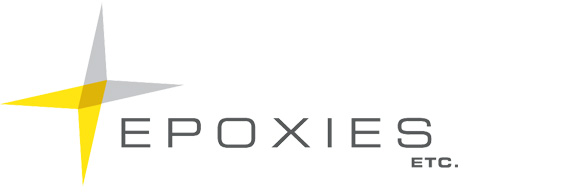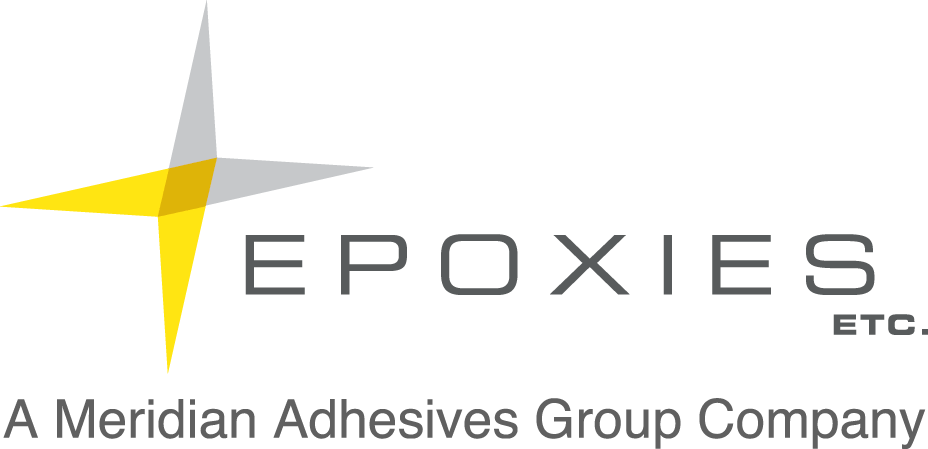Papers and Articles

Using Epoxy in Bonded Fin Heat Sinks
As modern power electronics devices continue to follow Moore’s law, the density of transistors in an integrated circuit continues to increase, as does the amount of heat produced. Thus, thermal design engineers need to continue to improve their methods for dissipating heat.
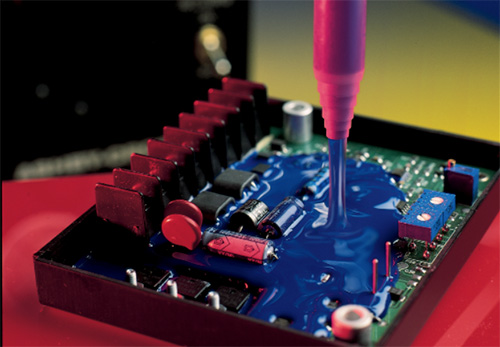
Protecting and Improving Electronic Components
Electronics assemblies have continued to shrink in size over the years. At the same time, they are being designed to deliver more power than ever before. Spacing between components is getting smaller. Packages are typically made of molded plastics instead of metal for performance and economical reasons
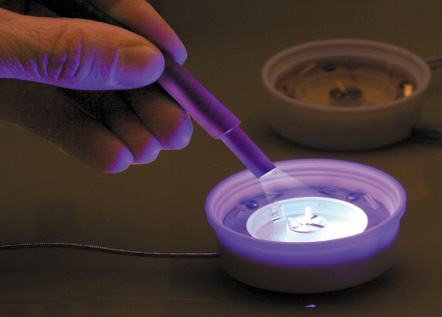
Solving Ultraviolet Curable Potting & Encapsulating Problems
The Potting or Encapsulation of electronic components is a common engineering design tool to protect products from environmental exposure. Potting involves the covering or embedding of an electronic or electrical device.
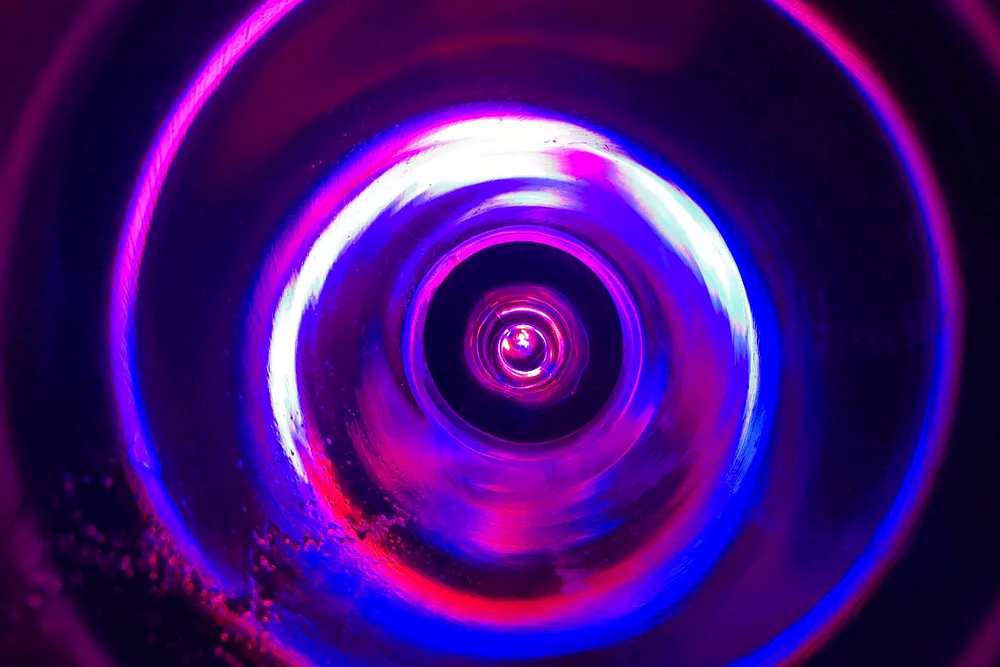
UV Curable Epoxy Provides Low CTE
Low coefficient of thermal expansion (CTE) epoxies play an important role in the engineering and construction of electronic circuit boards as well as having great adhesive properties for other assembly operations. These epoxies are used for a variety of different applications such as encapsulation, glob-tops, coatings, and bonding.

New Urethane Technology For Potting & Encapsulation In Electronics
Electronic design engineers find it difficult to protect today’s components and assemblies from constant moisture, thermal shock, and stress at very low and high temperatures. A new class of polyurethane products provides a solution.

UV Curing Adhesives & Potting Compounds
Recent advancements in ultraviolet curing have given engineers a new opportunity when choosing adhesives, potting compounds, coatings, and sealants. Until now, most of these systems were either two-component systems requiring mixing, one-component heat cure systems, or solvent-based systems.

What the Etc. Stands For in Epoxies, Etc.
Have ever you ever wondered what the Etc. stands for in Epoxies Etc.? In addition to our extensive line of formulated epoxy products, we offer a wide range of urethane and silicone polymer products as well. Download the full paper for a description of the key reasons for using each of these chemistries and for a description of the product offerings.
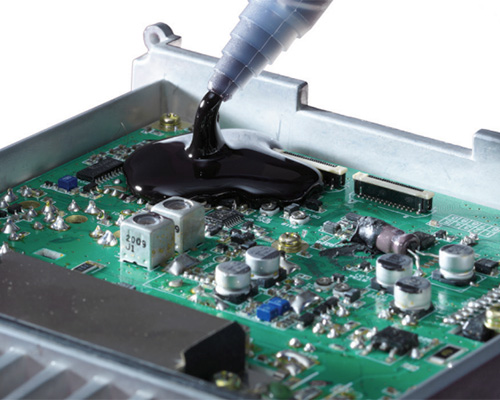
Put an End to Adhesive Mixing Errors
Anyone who has worked with two-component adhesives in a production environment knows that it can be tricky to get the mix ratio right day in and day out. In fact, we’ve found that mixing errors are the leading cause of manufacturing inefficiencies and scrap in both bonding and potting
operations.

Proper Mixing of Filled Materials
Some of our materials contain functional fillers that will settle over time. Learn how to minimize settling and how to redisperse fillers once they have settled.

